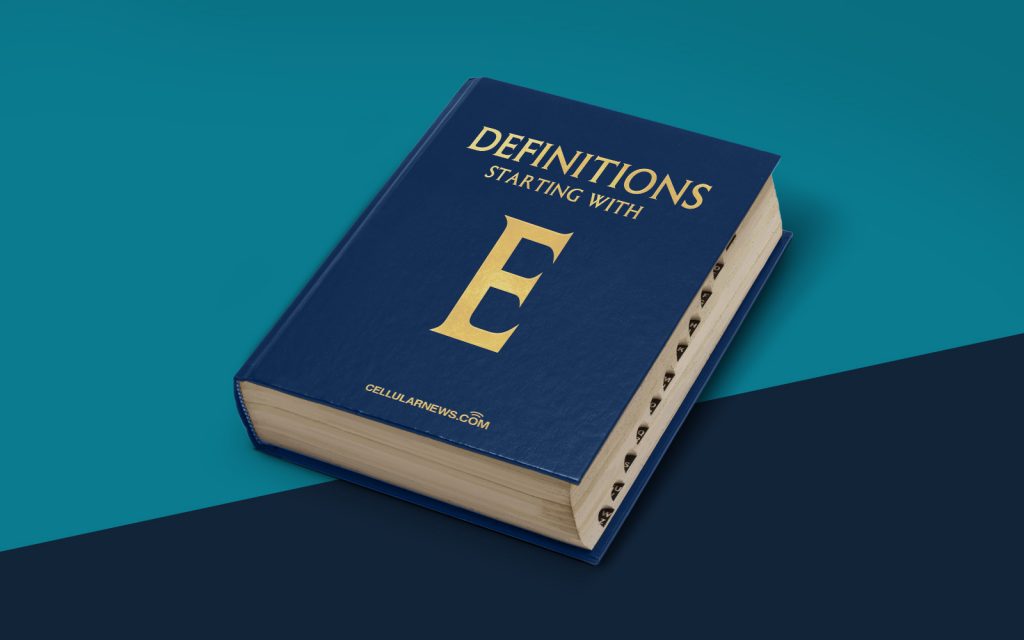
What is an Electronic Publication (EPUB)? A Comprehensive Guide
Welcome to the “DEFINITIONS” category on our page, where we break down complex terms into simple and understandable explanations. In today’s post, we will delve into the world of electronic publications (EPUB) and uncover what they truly are. So, if you’re curious about EPUBs and want to know more, you’ve come to the right place.
Key Takeaways:
- Electronic publications, commonly known as EPUBs, are digital formats used for creating and distributing e-books and other types of content.
- EPUBs offer a range of benefits, including flexible reading experiences, accessibility features, and compatibility across various devices.
Now, let’s dive into the world of EPUBs and explore their features, advantages, and how they have revolutionized the way we consume digital content.
What is an EPUB?
An Electronic Publication, commonly known as EPUB, is a digital file format used for creating and distributing e-books, magazines, and other types of content in a read-friendly manner. Unlike traditional PDFs, EPUBs are built using HTML, CSS, and XML, making them dynamic and adaptable across different devices and platforms.
EPUBs are designed to provide a flexible reading experience to users, allowing them to adjust text size, change font styles, and customize the layout according to their preference. This feature makes EPUBs an ideal choice for a variety of readers, including individuals with visual impairments or reading disabilities.
Not only do EPUBs offer a user-friendly reading experience, but they are also compatible with a wide range of e-readers, tablets, smartphones, and computers. This compatibility ensures that users can access their favorite books and content on their preferred devices seamlessly.
Advantages of EPUBs:
- Flexibility: EPUBs allow readers to customize various aspects of the reading experience, including font size, style, and layout.
- Responsive Design: EPUBs adapt to different screen sizes, eliminating the need for users to zoom in or scroll horizontally while reading.
- Content Adaptation: EPUBs enable content to adjust automatically based on the user’s device capabilities, such as switching from color to grayscale on e-readers.
- Accessibility: EPUBs come with accessibility features such as text-to-speech and support for screen readers, making them inclusive for all types of readers.
- Searchability: EPUBs allow users to search for specific keywords within the content, making it easy to locate information quickly.
The popularity of EPUBs has been steadily growing, as they provide a convenient and user-friendly alternative to traditional print publications. With the ability to reflow text, adjust layouts, and cater to the needs of readers with diverse preferences, EPUBs have become the go-to digital format for many publishers, authors, and readers alike.
Conclusion
In conclusion, an Electronic Publication (EPUB) is a digital file format used for creating and distributing e-books and other types of content. With its flexibility, compatibility, and accessibility features, EPUB has revolutionized the way we consume digital content. Whether you’re an avid reader or a publisher, understanding EPUBs and their advantages can help enhance your reading experience or expand your reach as a content creator. So, dive into the world of EPUBs and unlock the endless possibilities they offer!
